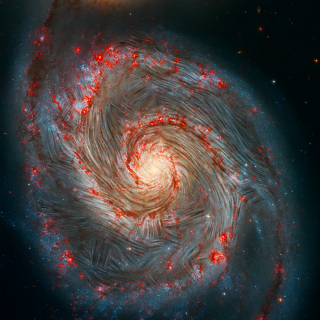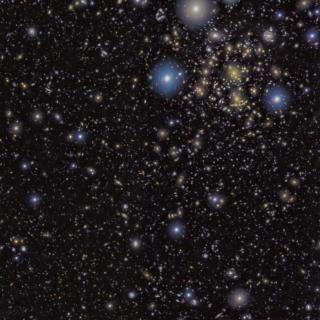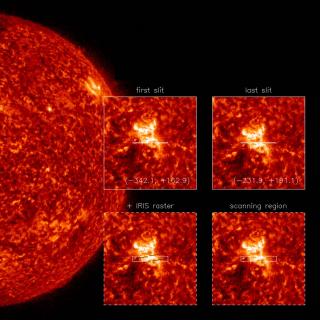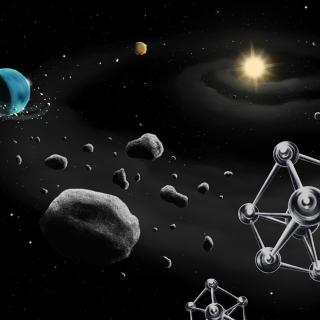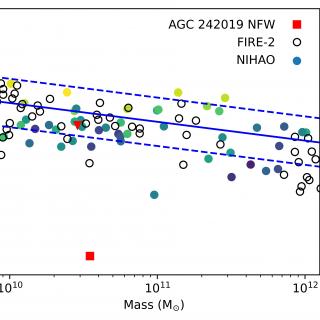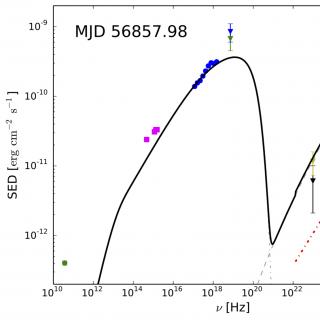
Blazars, Active Galactic Nuclei (AGN) whose relativistic jets point in the direction of the Earth, dominate the VHE (VHE, E>100 GeV) gamma-ray extragalactic sky. One of the most famous archetypical VHE gamma-ray emitters is the blazar Markarian 501 (Mrk 501). During July 2014, the source displayed a strong flare detected across all wavelengths from VHE to the optical band. In particular, it is especially interesting that the source reached the maximum flux and harder spectrum measured in the X-ray band, compatible with the most extreme historical flare from this source. On 2014 July 19
Advertised on
